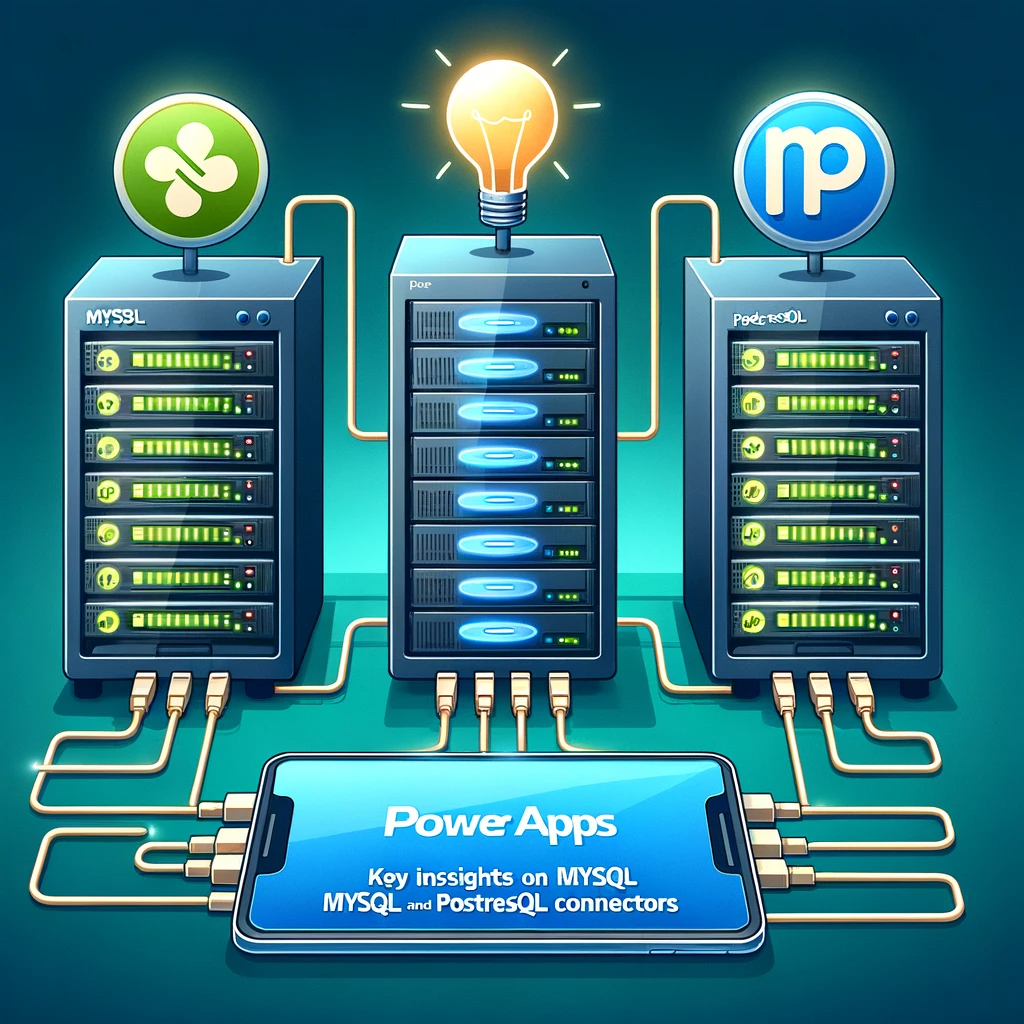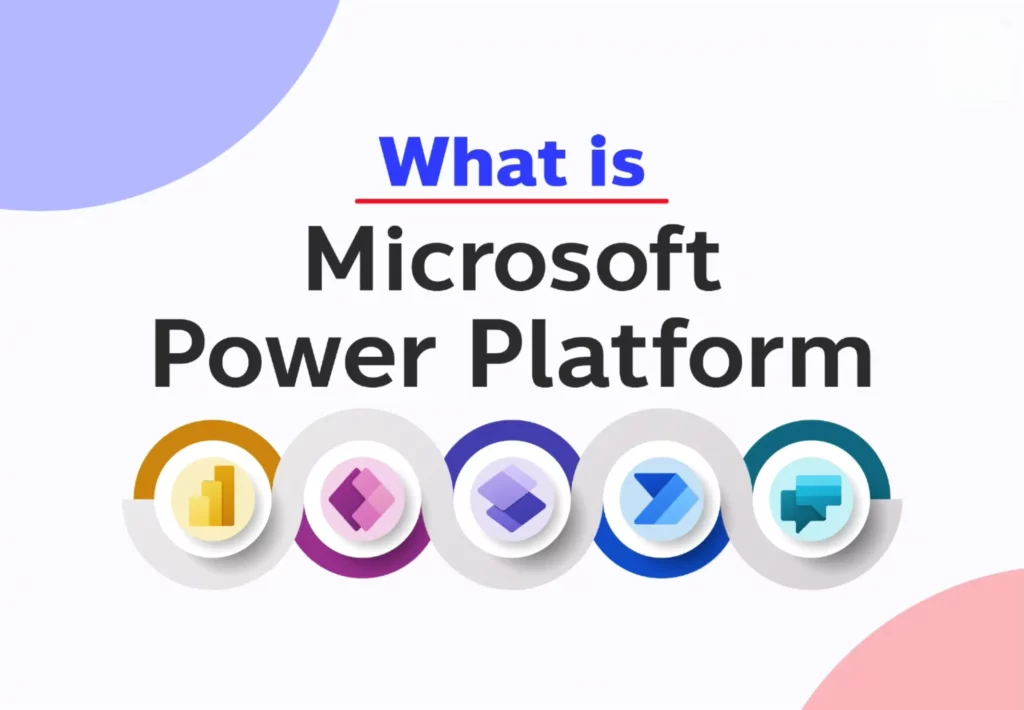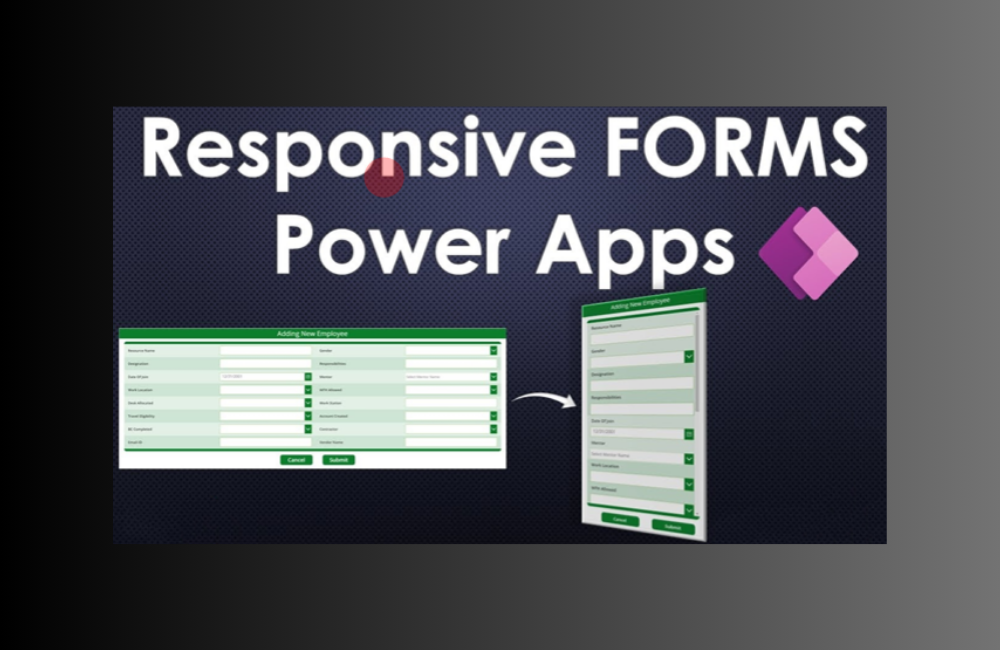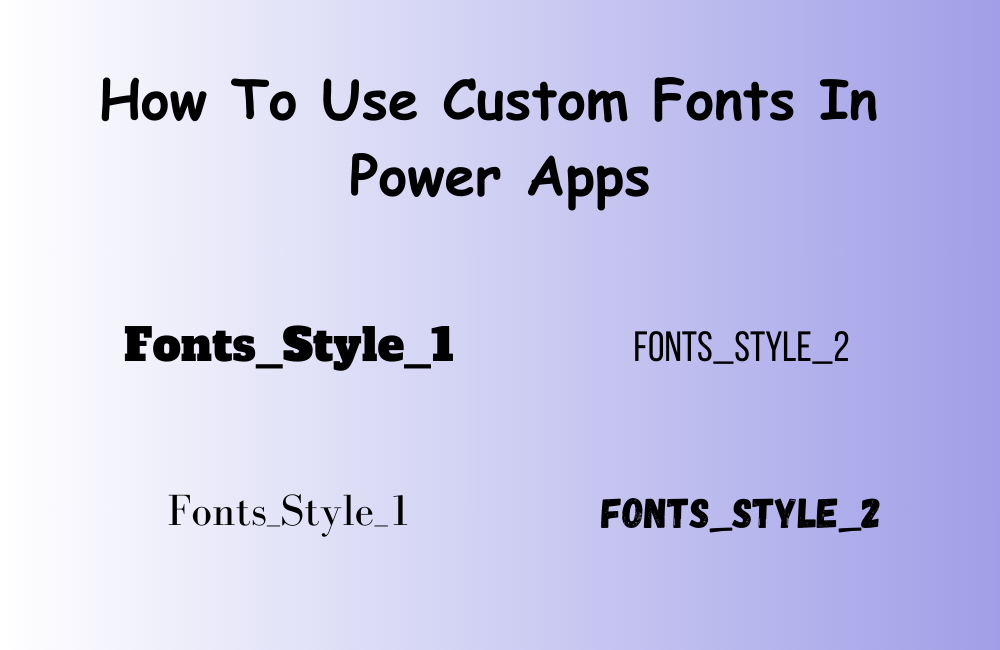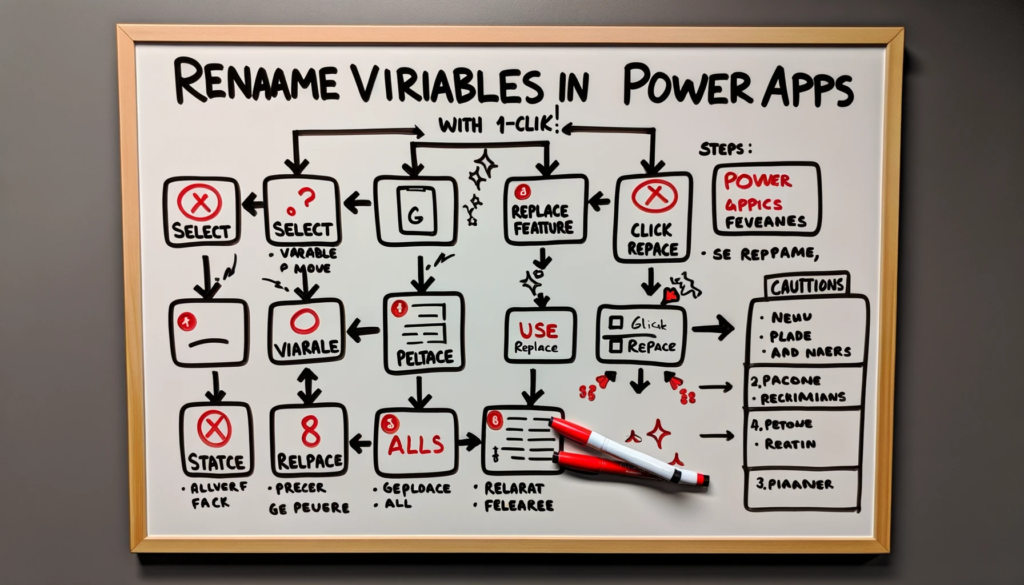Power Apps Database Integration: Key Insights on MySQL and PostgreSQL Connectors
Connecting your application to a database can be an essential step for many developers. When considering Microsoft’s Power Apps, the options to connect to MySQL and PostgreSQL databases have gained much traction. However, like any other tool or feature, it’s pivotal to understand its intricacies before diving in. Here’s an in-depth guide to what you should know about these connectors.
Understanding Basic Connectivity
Power Apps delivers fundamental connectivity to both MySQL and PostgreSQL databases. These are among the most sought-after open-source databases available today. For a comprehensive understanding, Microsoft provides detailed documentation for these connectors:
Three Key Takeaways About These Connectors
- Understanding Licensing Requirements: It’s essential to note that both MySQL and PostgreSQL connectors are categorized as premium. This categorization implies a requirement for either a per user or per app license, costing $10/$40 per user each month. This can be a determining factor for some developers who lean towards these data sources for their affordability in accessing a relational database.
- On-Premise Gateway Dependency: Another significant aspect to consider is that these connectors solely operate through an on-premise gateway. This necessitates having a computer that remains on, adding an additional component to manage. Regrettably, direct connections to instances available through the cloud, like those hosted on Amazon AWS or Azure, are currently not supported.
- Limitations with ‘Auto Increment’ Primary Key Columns: One pressing limitation is the challenge in adding records to tables with ‘auto increment’ primary key fields. Attempting such operations often results in Power Apps errors, requiring users to pass primary key field values even though the database should auto-generate these values.
While there is hope that Microsoft might address these issues, their primary attention might remain on the Dataverse and other Power App features that align more with the Microsoft ecosystem and potentially generate more revenue.
Conclusion
Connecting to MySQL or PostgreSQL databases via Power Apps can be beneficial, but it comes with its set of challenges. It’s crucial to be mindful of the premium licensing, the on-premise gateway dependency, and the existing bug related to tables with ‘auto increment’ primary key columns. Having a clear understanding of these facets ensures a smoother integration process and optimal usage.
Need further assistance or have technical queries? Feel free to contact us. Our team is dedicated to providing you with the support you need.

